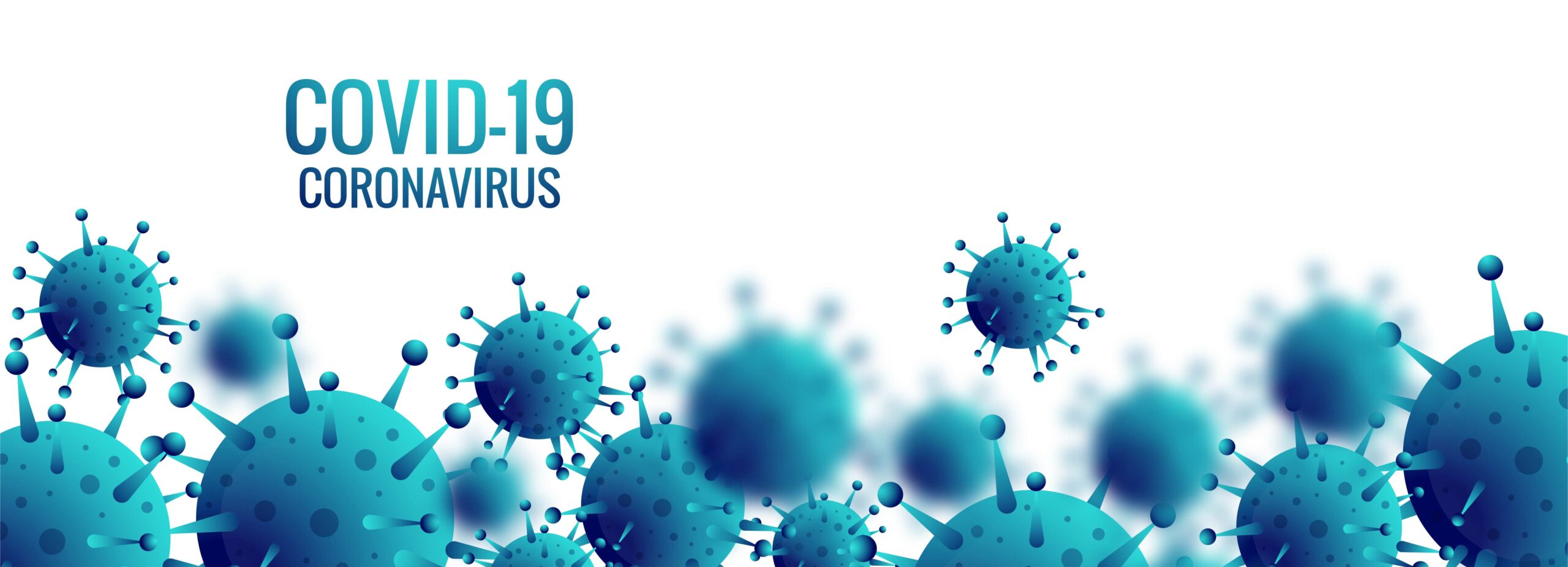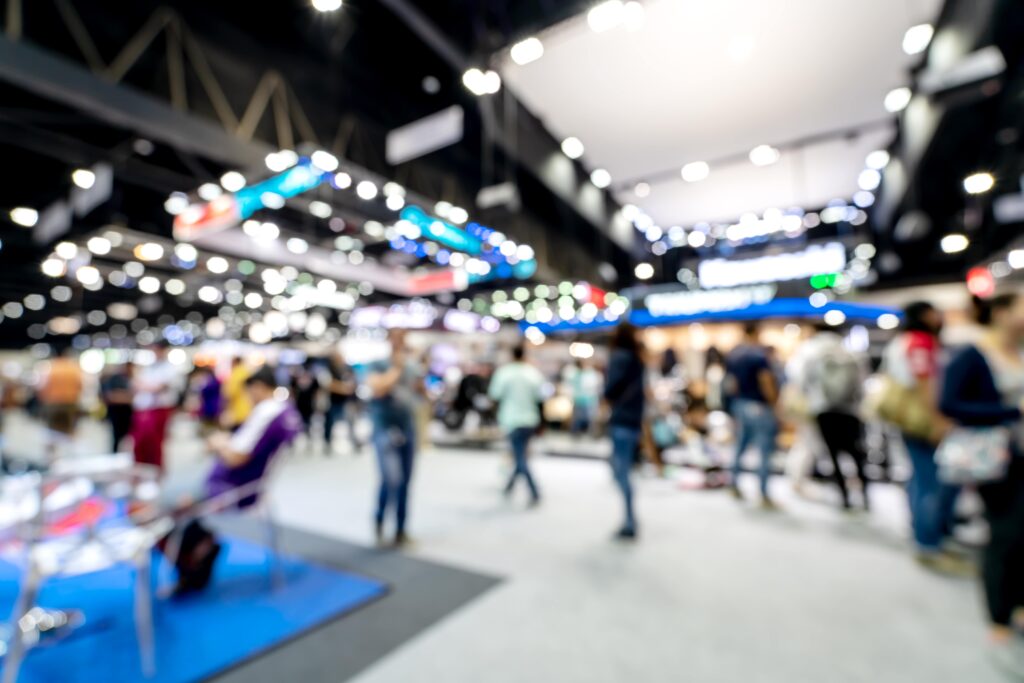
Using the recent Innovate UK grant award, Convert’s existing TaCT platform, is being further enhanced and developed to include the recording of accurate trace information to identify close contacts at crowded venues, working alongside emerging mobile systems. Essentially TaCT is an enabling technology, using a superior ranging technique, is scalable and is ideally suited to this environment, locating a small tag within a radio network formed by fixed location anchors. The tag position, logged in an online database, is then served to existing contact-tracing services.
The Innovate funded i-PCT project will build on the TaCT platform to deliver a prototype system demonstrating the tracking-capabilities of the technology, supported by mobile applications to demonstrate system operation. The system will demonstrate location of its tags at 2-3m accuracy, every 3min; sufficient to identify contacts with >15min contact-time at <3m. The design will also include steps to ensure the solution integrates into wider NHSX contact tracing systems.

Convert’s commercialisation program will run alongside project development, with the goal to agree a plan by the end of the project to include field-trials, a scaled-up manufacturing plan, and end-customer engagement, targeting first installations in early-2021.
Implementation of i-PCT systems in large venues will provide a safe working environment for continued operation during this, and other epidemics. Inspiring confidence in Government health services and the public that infection control processes are in place will be paramount for business operations. In the event of an infectious individual, tracking information will advise contact-tracing services, and inform decontamination procedures on deep-cleaning. De-personalised location services will have the added benefit of providing new commercial possibilities in profiling visitor movements providing practical data for improvements (e.g. crowd-control optimisations), as well as data-driven opportunities for increasing revenue (identifying areas of greatest footfall).

Privacy concerns are being carefully considered; however, the bounded nature of our solution means location data has little value to third parties, and it seems likely society will almost certainly have to accept some compromises following the ongoing Coronavirus pandemic. Data security is being considered at all stages of the design, and Convert’s core platform uses built-in secure protocols.
Public health authorities around the globe have deployed, or are developing contact-tracing, or contact-notification mobile apps.
Apple and Google have partnered to develop a Bluetooth-based, contact notification application programming interface, now available as an update for their mobile operating systems. The argument rages on with regards to data collection, where to store it, and how to keep it secure, which are all very important considerations with any proposed system. Using Bluetooth to inform you if you’ve been put at risk of Covid-19, is at the very heart of contact tracing apps, but is it really fit for purpose?…and if it isn’t, what is?
Bluetooth Proximity Detection – How accurate is it?
The current, and more prominent solution, uses Bluetooth and signal strength to identify other app users’ proximity, allowing the devices to exchange handshakes rather than track actual location.
Bluetooth is ‘currently’ the chosen solution for most contact tracing applications because it’s a low-power signal present in most phones, is fairly resistant to physical obstructions, and can be used in a way that preserves an element of privacy. As part of its standard operation, it can measure the ‘received signal strength’ from another phone (RSSI), which could in turn indicate that a ‘contact event’ has taken place between their owners. Later on, if someone gets a positive diagnosis, they can inform the app, which will in turn inform everyone else who has been in proximity, to alert them about the risks of possible transmission.
How well can Bluetooth contact tracing work in large venue, super-spreader locations such as trade shows and concert/sporting venues?
It looks like contact-tracing will eventually be widely adopted to facilitate easing of lockdown measures, introduced to control the spread of Coronavirus. Relaxation of lockdown is essential for economic recovery but of course, it has to be balanced with protecting public health. Some industry experts have expressed concerns over the lack of public participation, disperate systems, personal data security and inherent accuracy problems with Bluetooth-based apps, that will almost certainly impact their efficacy.
All the objects, people and surfaces around you can affect the signal passing between devices in one way or the other, which can add up to significant errors if not properly accounted for. Something as simple as the ‘angle’ of your mobile device (portrait vs landscape, front pocket vs back pocket), the amount of RF signal reflection and absorption taking place, hardware performance (Android devices are not standardised), can all adversely affect Bluetooth’s primitive ranging technique.
For example, you could receive an alert from a Covid diagnosed app user who the system believes has been in close proximity to you, when in fact they were standing on the other side of a thin partition wall, in a different room all together. Similarly, you could be standing back to back with another app user, where your device reports a weak signal strength (owing to the fact that it has travelled through both bodies), indicating that you are at a safe distance and therefore wouldn’t be considered a ‘meaningful contact event’. Inaccurate data will limit the effectiveness of any solution (missed contacts), or generate an overly conservative approach (false positives) with greater economic loss, and ultimately, loss of public confidence. As such, large, densely populated venues will not be able to re-open while guaranteeing public safety, until a vaccination is available.

What are Convert doing differently to get this right?
Convert feel that the situation can be improved in a number of ways, not least by taking more data into account and learning more about how to properly interpret RF signals. The more measurements we take and analyse using our patent-protected algorithms, the more robust we find is the performance and overall location accuracy. Often, identifying the data you don’t need, is as important as keeping the data you do! If you would like us to elaborate on that point and learn more about our approach to this and other challenges, please do get in touch.
If you would also like to evaluate our technology demonstration system, or simply talk to us about developing a bespoke solution for your specific use cases, please do drop us a line via our Contact page, or leave us a comment below. Thanks.
